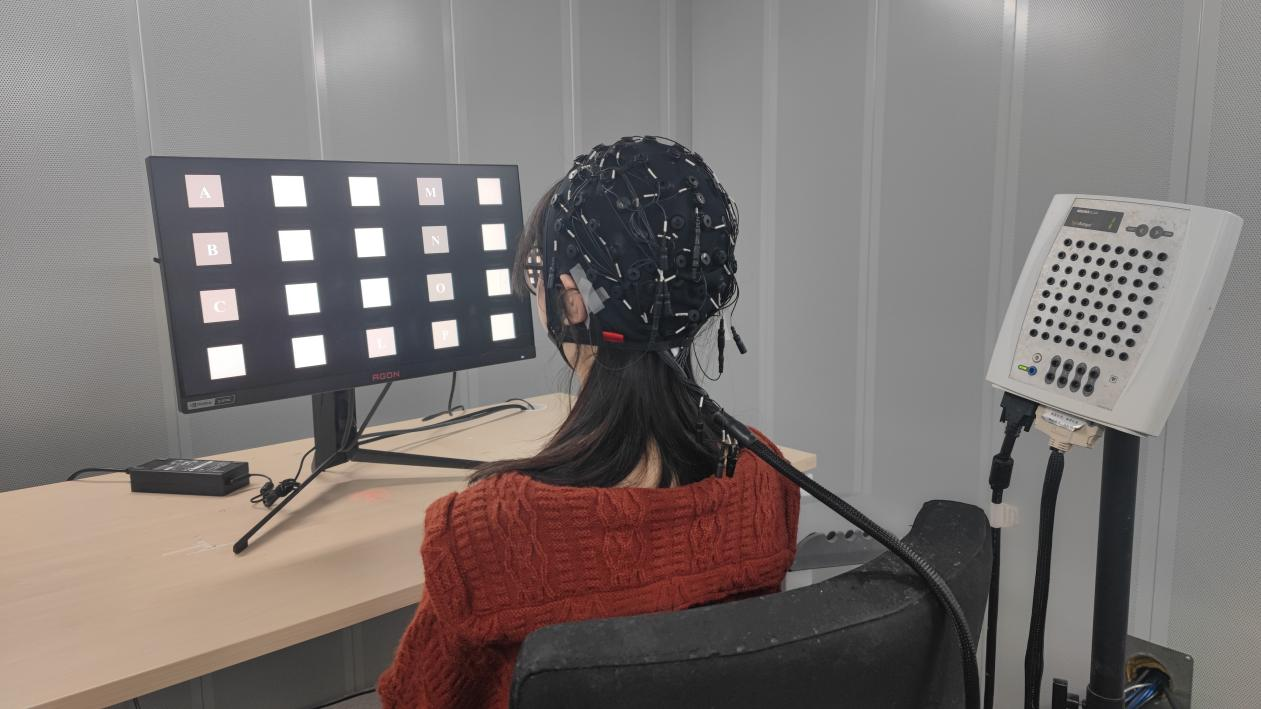
The MetaBCI platform in use for the BCI experiment of steady-state visual evoked potentials. (COURTESY PHOTO)?
By?Dong Yuexin
The first Open Source Software Platform for Brain Computer Interface (BCI) study was officially released by China on November 19, providing one-stop information processing support for research in this field.
Known as the "information highway" of communication between human brains and the outside world, BCI technology is recognized as the core technology for the new generation of human-computer interaction and human-computer hybrid intelligence.
Currently, most of the publicized BCI software tool kits are only designed for a single step. Therefore, developers usually have to use combinations of multiple software, which is time consuming and costly.
Developed with Python, the most popular open source language, the MetaBCI platform improves the real-time performance of the online system by using multi-processes and multi-threads. It enables the user to get a complete processing chain of evoking, acquiring, analyzing and converting the brain intention.
The platform, made up of 376 classes and functions, is compatible with 14 BCI public datasets, implements 16 data analysis methods, and supports 53 brain computer decoding models.
Aiming to provide professional and technical supports for global BCI developers and enthusiasts, all of its codes have been publicly shared on GitHub, the world's largest open source programming and code hosting website, along with the supporting instruction manual.
The trio will conduct a series of experiments in fields such as life science, fluid physics, combustion science and materials science. Notably, this is the first time that fruit flies have been taken on a Chinese space mission as experimental subjects. What made scientists choose fruit flies? What experiment will they undergo?
